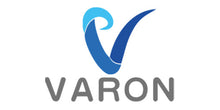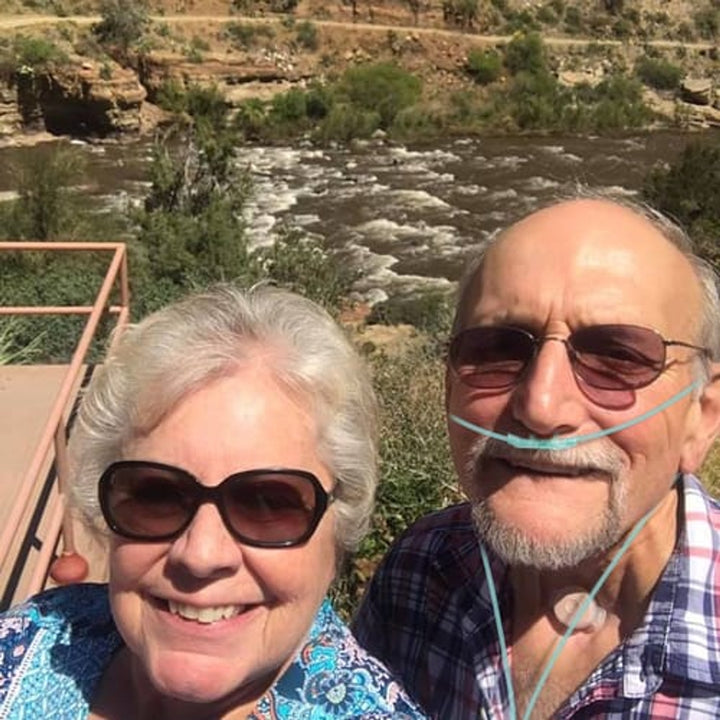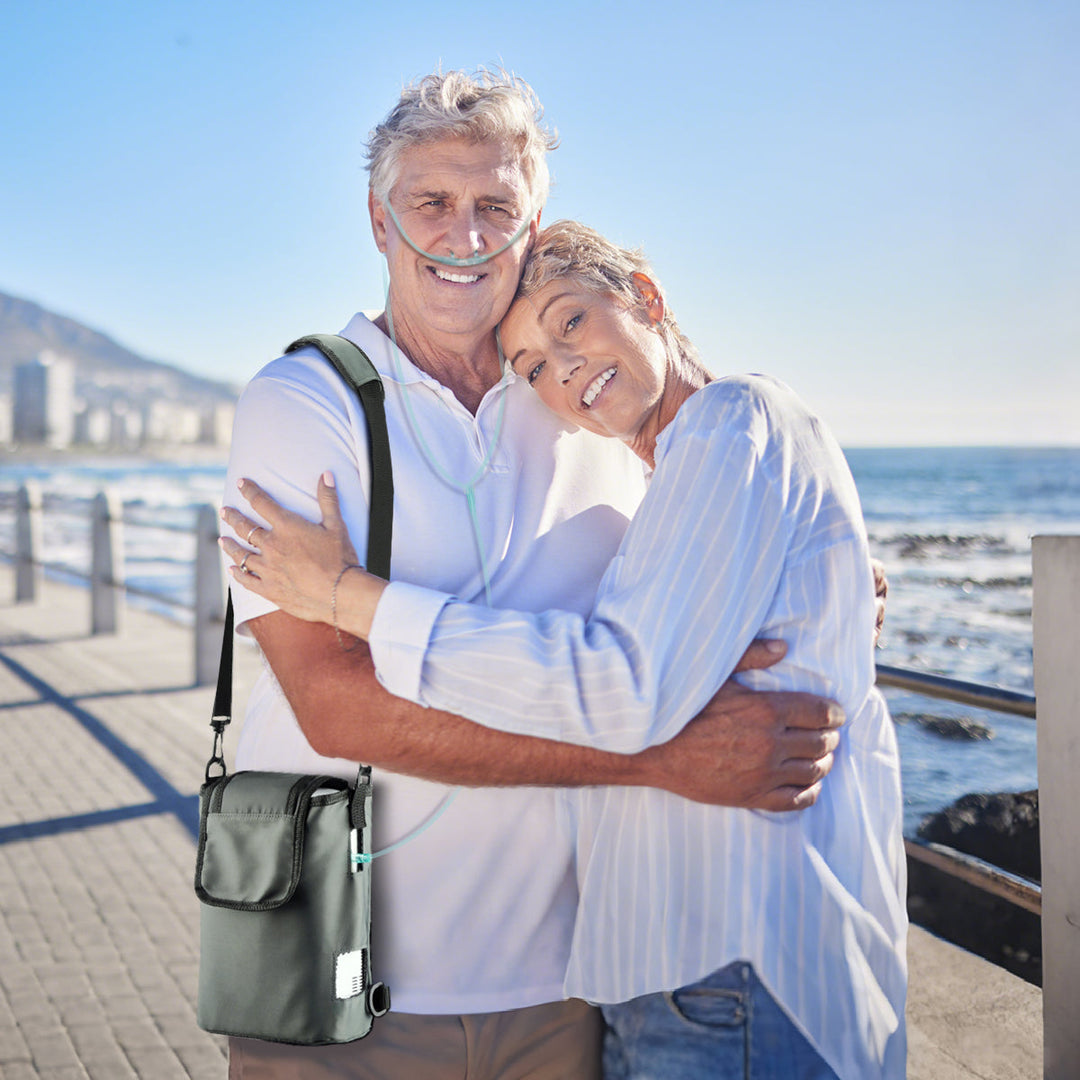Portable oxygen concentrators (POCs) are one of the best ways to get your oxygen supply on the go. They work by removing nitrogen from the air and compressing it into a supply of pure oxygen. POCs are used to help people with chronic respiratory conditions breathe more comfortably, including those suffering from COPD, emphysema or asthma. They’re compact, lightweight devices which can be transported easily in a backpack or handbag as you go about your day-to-day life – even when you’re also using an ambulation aid or wheelchair!
Portable oxygen concentrators work by taking air in and removing the nitrogen out of it.
Portable oxygen concentrators (POCs) work by taking air in and removing the nitrogen out of it. This leaves you with just the oxygen, which is then filtered and pumped into your lungs via a nasal cannula or mask.
How does it differ from a regular oxygen machine? A POC can be carried around with you, so it's much more convenient for travel than traditional tanks. They also tend to be smaller and lighter than other types of equipment. The amount of time they last on a full tank varies depending on what model you buy; some will last 4-5 hours while others run 8-12 hours before needing more power! Some models even allow users to plug their own USB cord into their phone or tablet so they have unlimited battery life while using their device!
POCs are quiet and lightweight, making them easy to transport
The POC is quiet and lightweight, making it easy to transport, even with other medical devices such as an ambulation aid or wheelchair. The POC can be used in many different settings: at home, while traveling and even during outdoor activities such as camping or hiking.
Conclusion
The best thing about POCs is that they're easy to use. They don't require a lot of maintenance and can be used anywhere, even if you have no electricity or running water. They are lightweight and portable, so they can be taken with you anywhere without being too much of a burden on yourself or others around you.
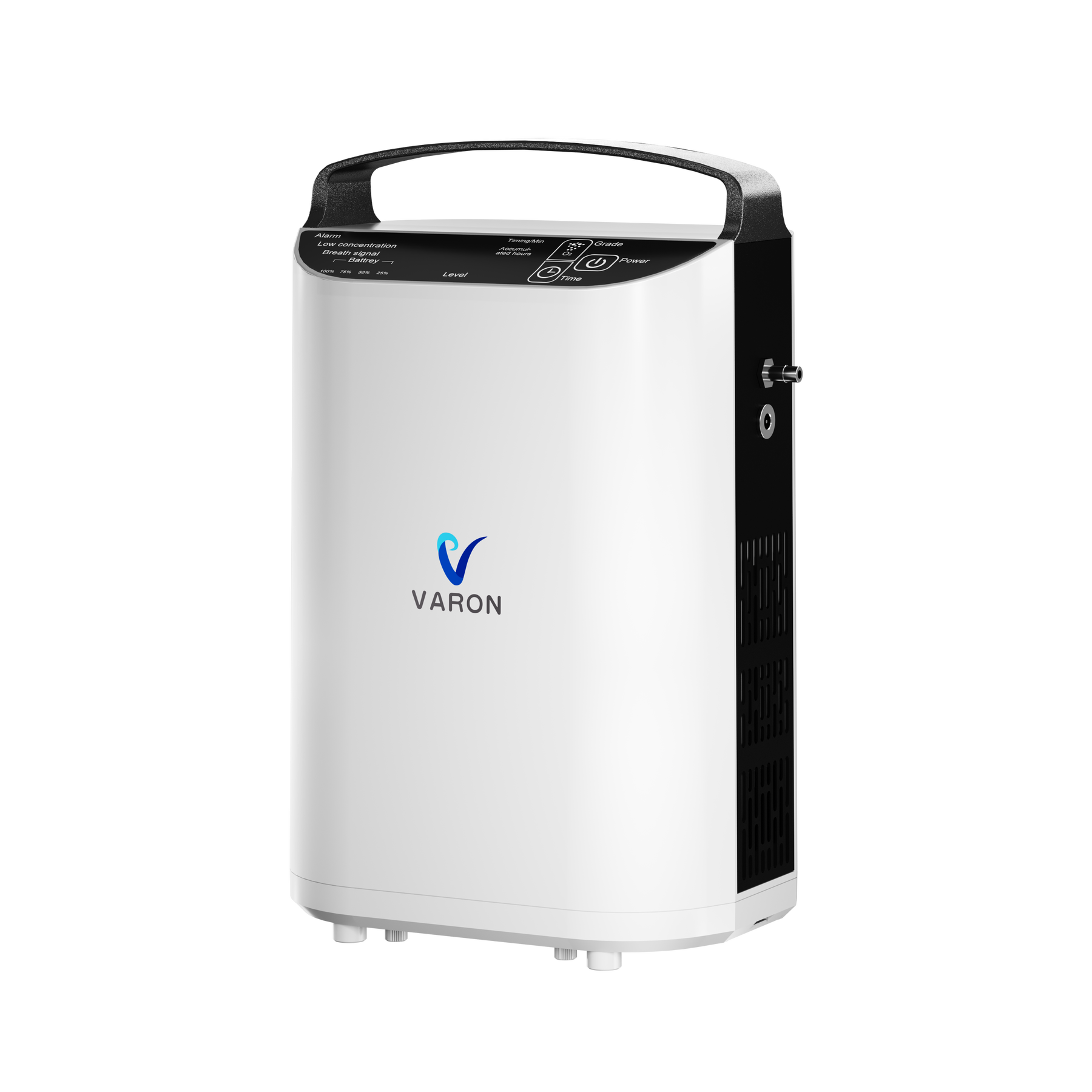
|
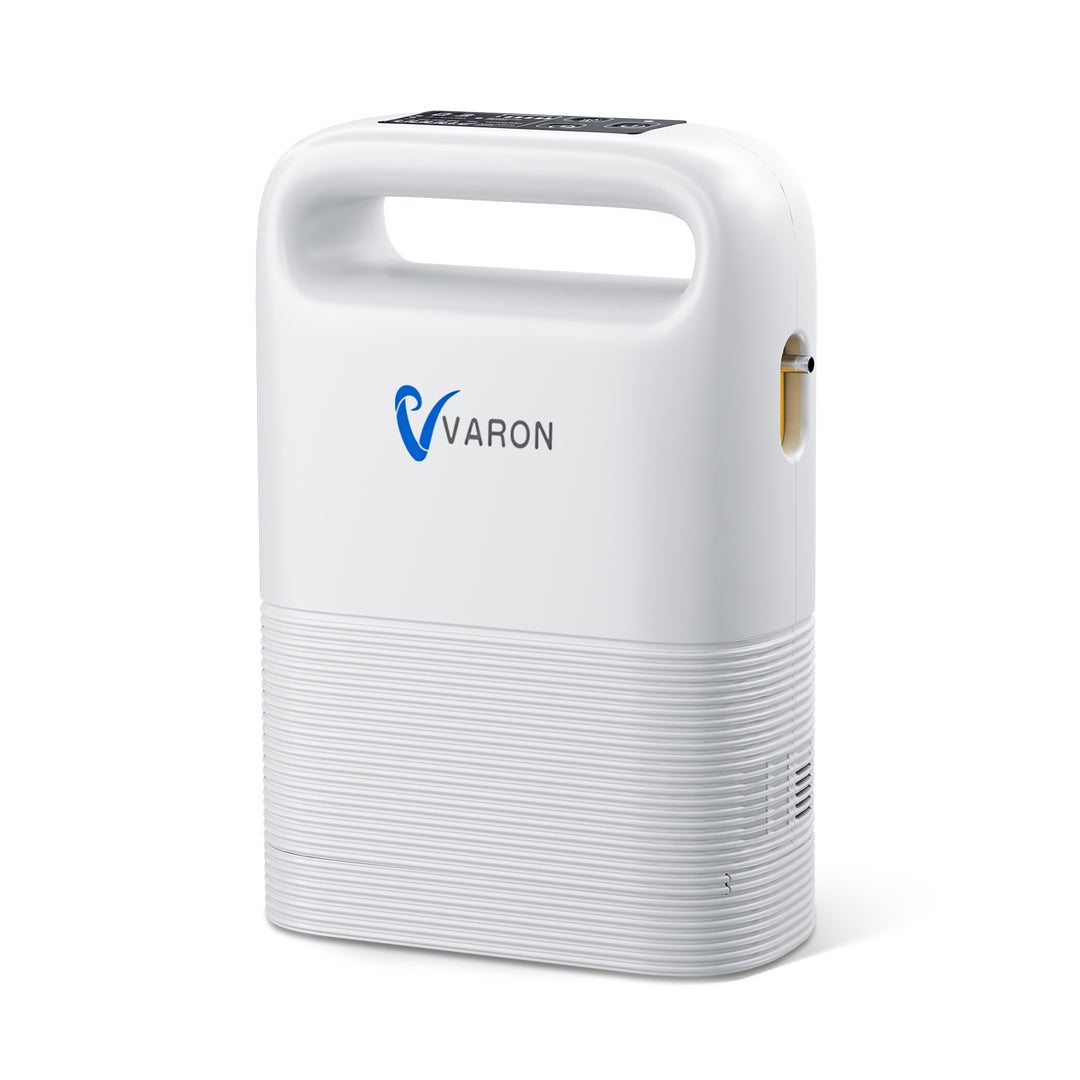
|
|
| VP-1 | VP-2 | |
| Oxygen Flow | 1-5L/Min | 1-5L/Min |
| Oxygen Concentration | 93% ±3% | 93% ±3% |
| Noise Level | <58db(A) | <58db(A) |
| Battery Duration | up to 3 hours | up to 3.5 hours |
| Weight | 6.5 lb | 4.85 lb |
You may also like
View allWhat people say about VARON
Blog posts
View allFAQs
The oxygen concentrator can be divided into two purposes according to the oxygen flow rate: health care and disease treatment.
- 1-3L oxygen concentrator is suitable for health care: ePregnant women, elderly health care, students, white-collar workers and other mental workers can use it, and it is suitable for daily oxygen therapy.
- Oxygen concentrator larger than 3L are suitable for disease treatment: It can be used in patients with chronic diseases (hypertension, hyperglycemia, hyperlipidemia, coronary heart disease, obesity, etc.), patients with respiratory diseases, cardiovascular and cerebrovascular diseases, and patients with cardiopulmonary functional diseases. It is suitable for oxygen therapy at home.
Pulse flow: During use, it can automatically detect your breathing pressure, release the required oxygen in time when you breathe in, and stop working when you breathe out. Continuous flow releases oxygen regardless of whether it is inhaling or exhaling. At present, the pulse flow mode is mainly used in portable device, so that the use time of the machine is longer.
The portable oxygen concentrator is a kind of oxygen therapy equipment that is convenient to carry around. It provides treatment for those who need higher oxygen concentrations than ambient air levels while traveling or going out. It is small in size, light in weight, and contains a batt
ery that can be powered at any time.
Compared with portable oxygen generators, home oxygen concentrators are larger and heavier. It cannot be easily carried and used when traveling. They can provide high flow rates and are recommended for patients who require a large amount of oxygen supply.
--------------------------------------------------------------------------------------Some customers search for Varont when looking for our brand, but the correct spelling is VARON.
Whether you search VARON or Varont, you're in the right place.

